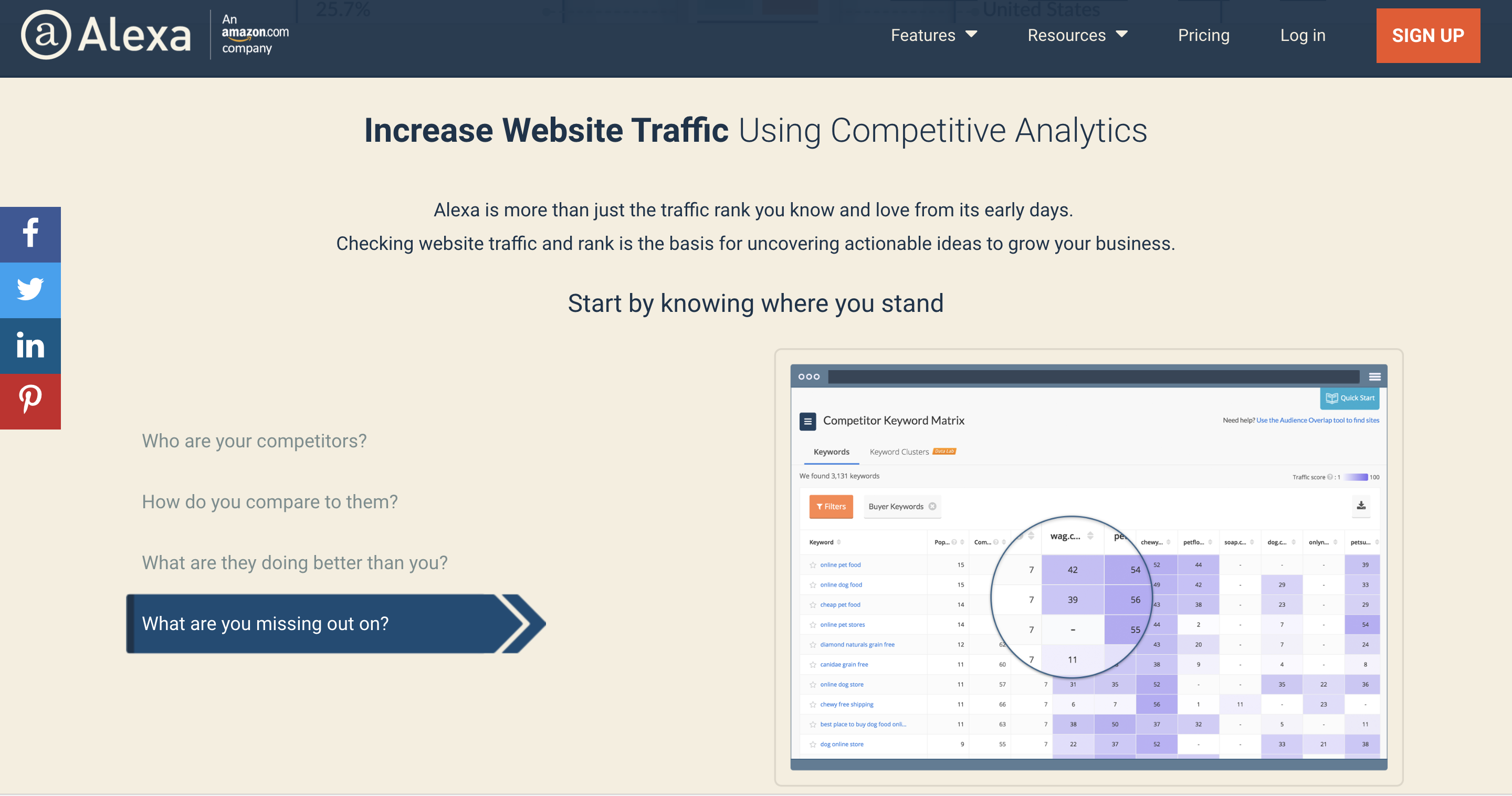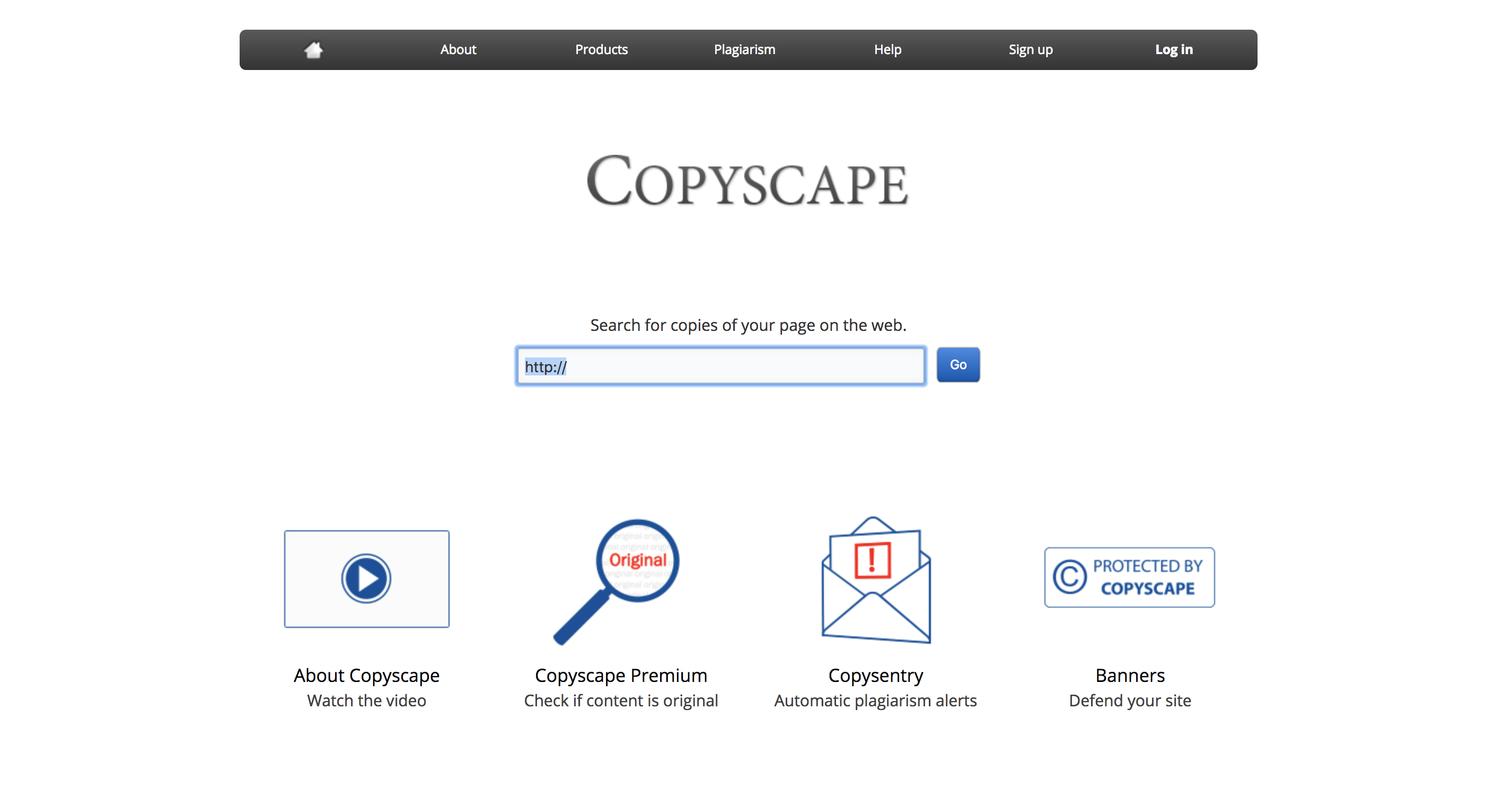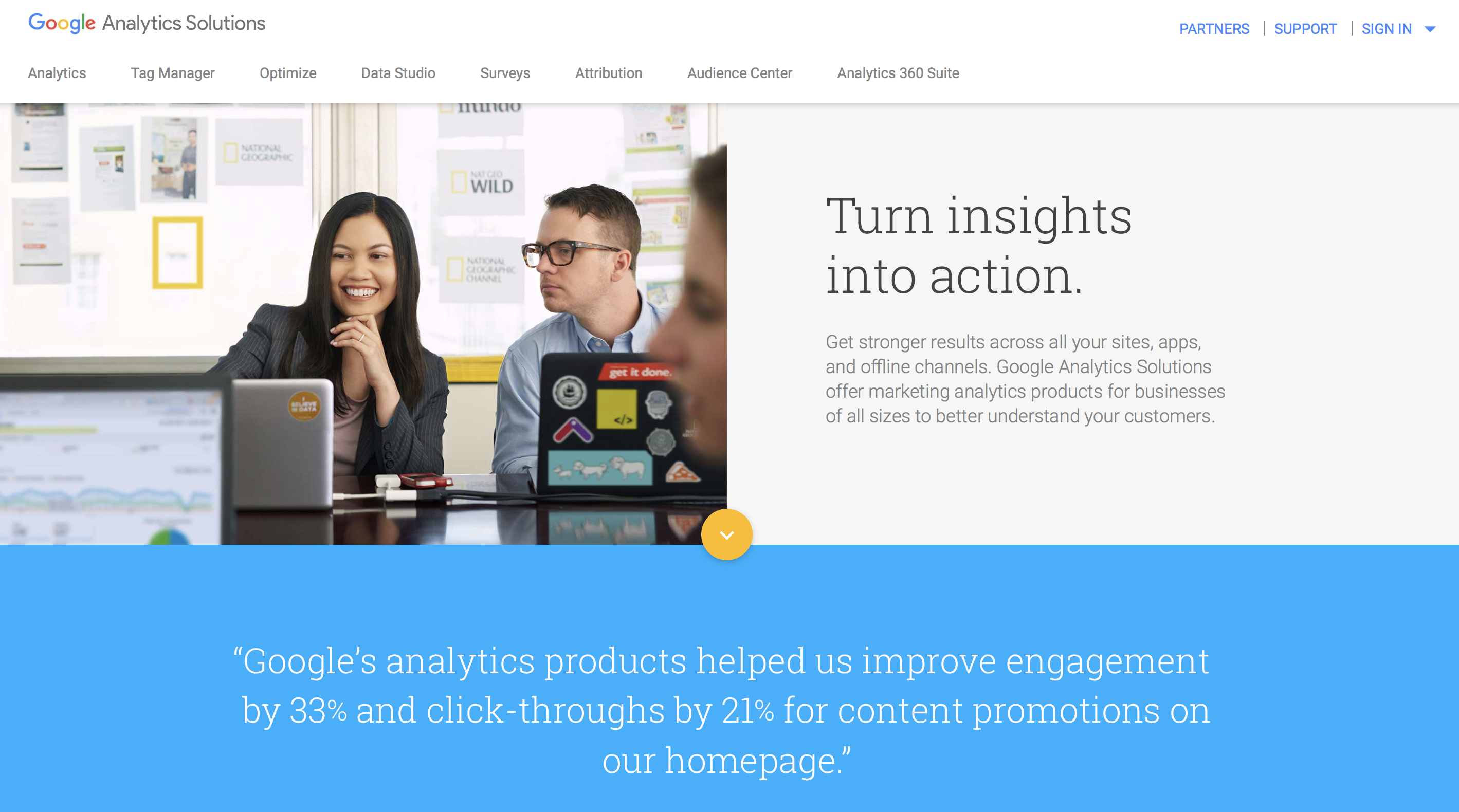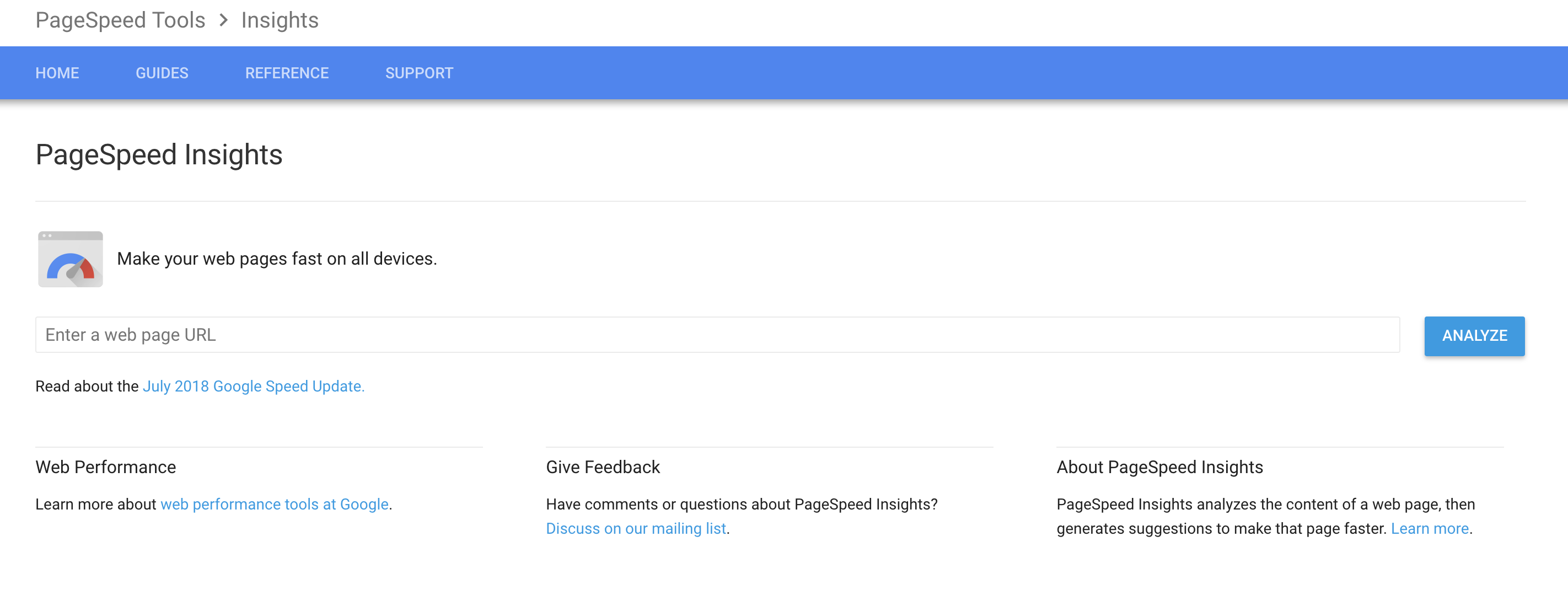Once an institution has decided to hire a content marketing service to provide quality content, many administrators find themselves faced with questions regarding pricing, qualifications, and services. What should you look for in content marketing services? Follow these guidelines to be sure your institution is receiving the right services when it comes to content creation and publishing.
A content marketing service should provide the following:
- Keyword analysis
- Editorial content calendar
- Quality blogs that include well-incorporated SEO through content, images, and
What to Look for in Content Marketing Services
Relevant keyword analysis
To attract the right customers or clients, content development agencies begin with a relevant keyword analysis. This analysis is based on many factors, including the client’s current rankings for relevant keywords and rankings in comparison to competitors.
These keywords should be organically incorporated into the website content, including the content itself, URLs, title tags, meta tags, meta descriptors, and images.

A clearly defined editorial calendar
A client should have the final say in an editorial calendar and at all times know what has been published and what is scheduled to be. Make sure that your web content/digital marketing agency provides you with a clearly defined, well organized editorial calendar (and that you are given plenty of time to request changes before the scheduled posts are published).

Well designed, quality blogs
Quality blogs will have the following:
Correctly formatted URLs
A correctly formatted URL should be keyword rich to improve its visibility with search engines and its readability: URLs are shown in search results and are one of the key factors when readers determine whether or not to click on your article. Other factors determine a URLs strength, such as the use of characters (or spaces, which are converted to “%” symbols by search engines and which are impossibly confusing).
A URL should also:
- Avoid “stop” words (such as prepositions)
- Have roughly 50-60 characters
- Be carefully organized with the site’s folders
Digital marketing companies will often run checks of your present site to test URL lengths and viability (and will make suggestions for URL rewrites and web organization based upon this analysis).
Keyword-rich titles
The titles of articles, blog posts, and web pages must be highly optimized for search engines by naturally using the carefully selected target keywords. Keywords should be placed at the beginning of the title to further improve optimization; for example:
- [YOUR SCHOOL] Named School with the Highest UC Berkeley Transfer Rate
- Highest UC Berkeley Transfer Rate Award Given to [YOUR SCHOOL]
Assuming the words “Highest UC Berkeley Transfer Rate” are the keywords, the second option is the most viable for a post title.
A professional digital marketing company will take the time to incorporate your school’s keywords into the title in a natural and effective way.
Well hidden “advertising”
Any online content from your institution is a possible marketing and advertising tool: Facebook posts, blog posts, brochures, newsletters . . . everything should be branded and used as an opportunity to attract clients and agents. However, this must be executed subtly, and without the glare of flashy advertising. An experienced digital marketing company will use all online content to your school’s advantage while also creating engaging, useful content for the reader.

Rich snippets
This catchy (yet odd) phrase is best remembered as “the little things” that improve SEO. Examples of rich snippets include how the images are labeled and titled, the words selected for the page/post/article description (which appears underneath the title in search engine results), and Google reviews.
One rich snippet that is well known is schema markup. Schema markup is basically coding placed in a website that “talks” to search engines: it tells the search engine what is on the site and what to display in the search results.
A knowledgeable digital marketing company will take care of all “behind the scenes” rich snippets (such as correctly labeling all images) and schema markup and will advise you on ways that your school can improve SEO through these snippets (such as encouraging Google reviews, one of the growing factors in SEO results).
Lengthy content
A common misconception is that articles should be roughly 300 words. Today, search engines are placing more focus on finding results that are the “authority” on the subject a reader searched for. One of the factors that establishes authority is post length: several SEO studies have proved that longer content tends to rank higher in search results; in fact, posts of approximately 2,000 words are now considered ideal in many markets.
The international education sector, however, is unique: readers are language learners, and 2,000 word articles can actually deter a reader or potential agent. An effective digital marketing agency will produce content of varying lengths, with some posts written to “go viral” and other (shorter) articles published to attract potential students and entertain current students.
Detailed analytics reports
How well is the content you paid for performing? A content marketing service should provide detailed Q1, Q2, Q3, and yearly reports on the following:
- Overall traffic by country
- Audience behavior
- Pages visited (top performing pages)
The digital marketing agency should also provide customized, detailed reports when requested.
To learn more about the services of a quality digital marketing agency with content writing services, contact Lastarria Media, LLC.
































